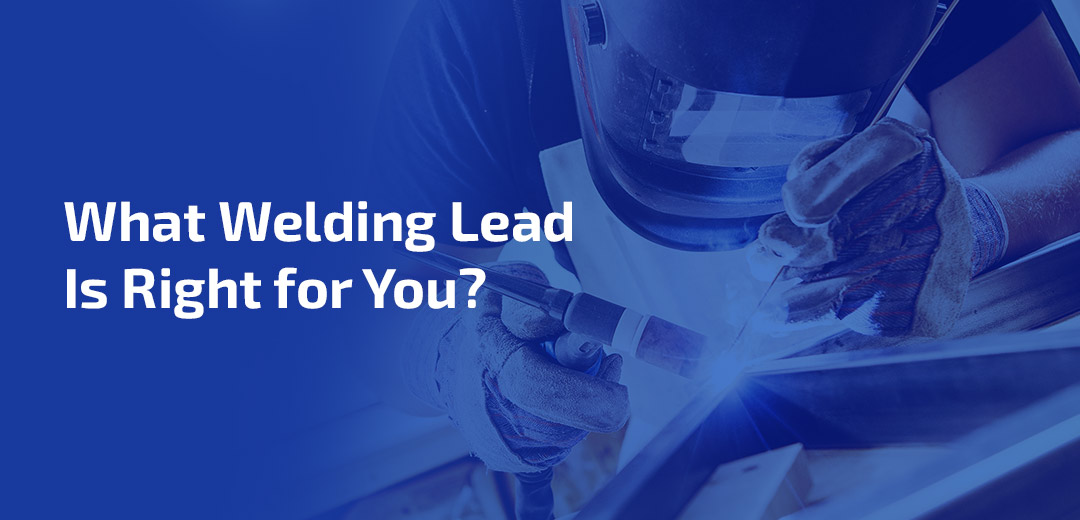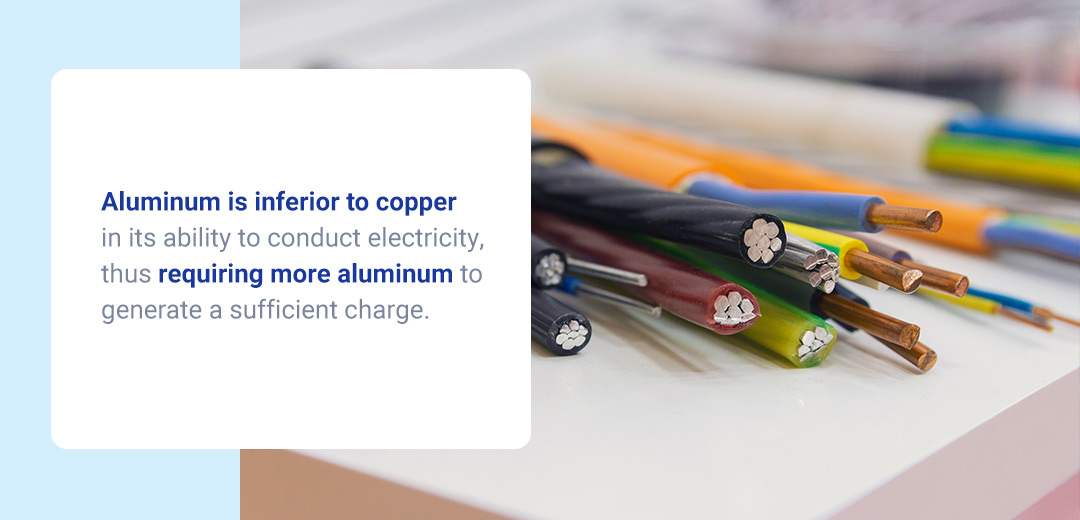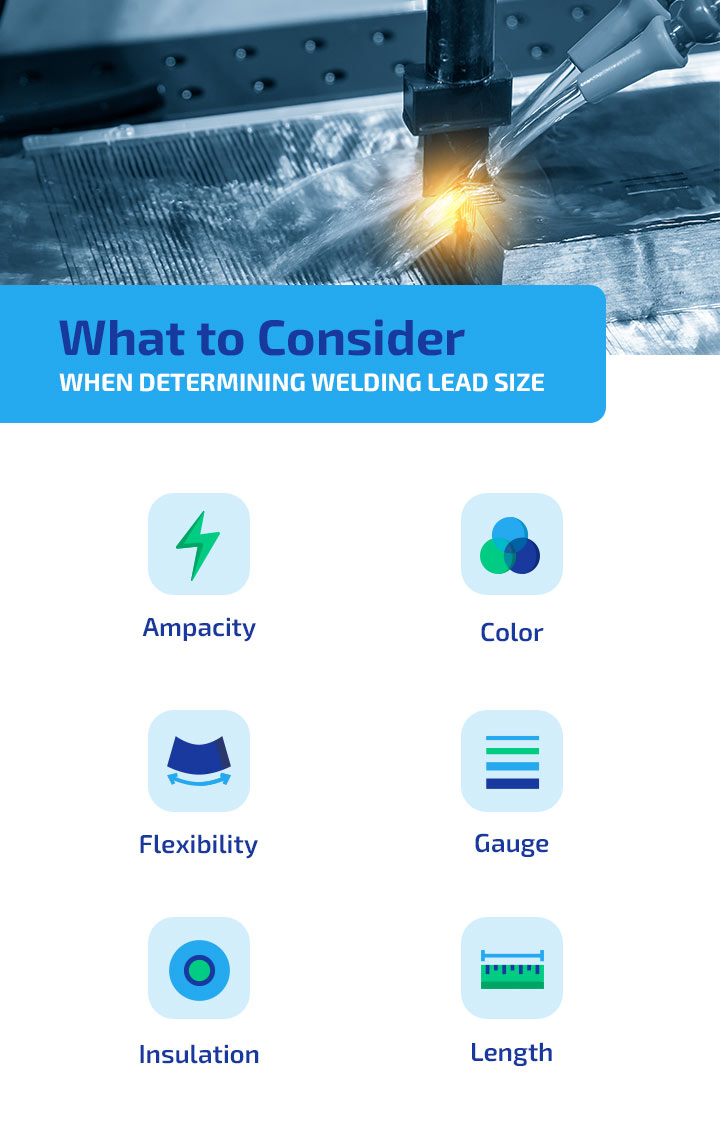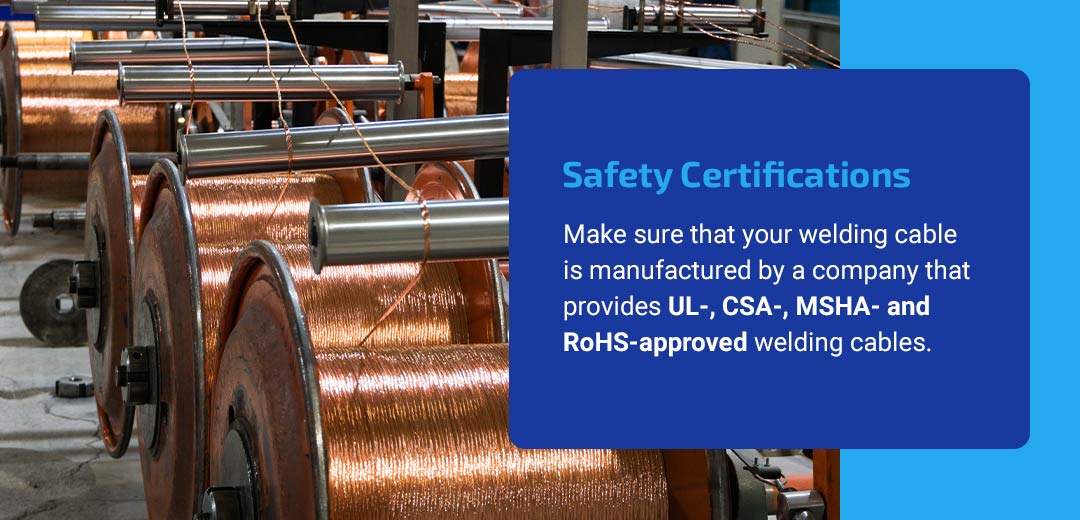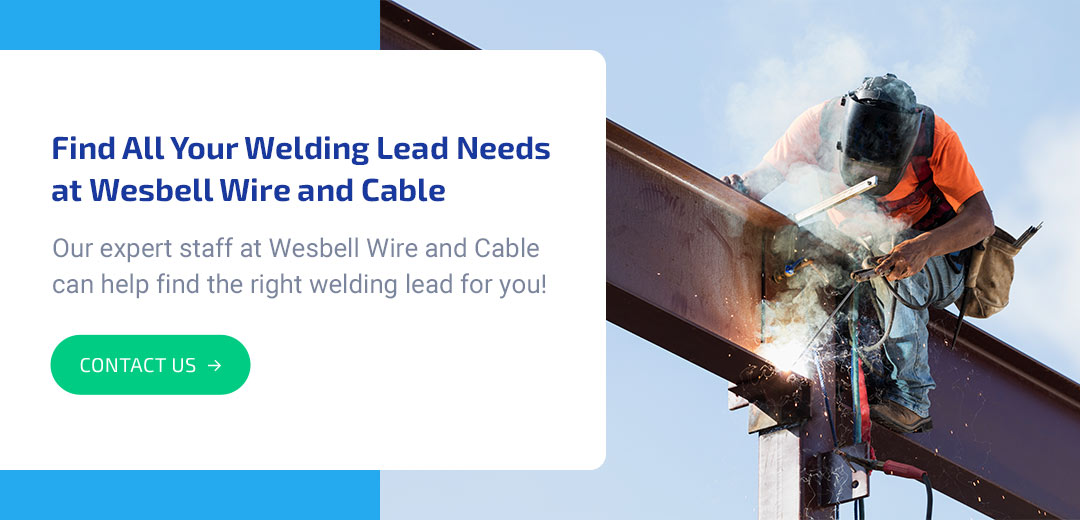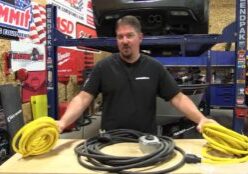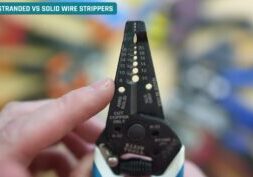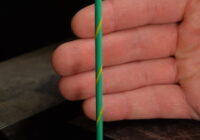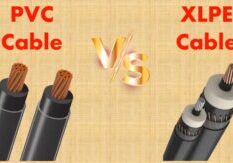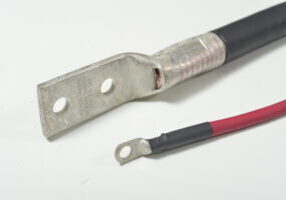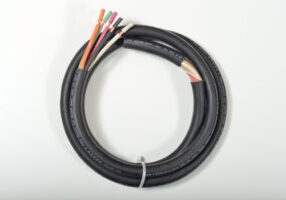
Dec 22, 2021
What Welding Lead Is Right for You?
Welding is highly skilled work that requires specialized tools — far from something you can teach yourself a practical understanding of, due to the technical knowledge needed to perform the task safely and cleanly. The care and consideration required for welding also apply to the equipment used to conduct the work, such as the size and quality of the welding lead you use. As such, it pays to ensure you get the correct equipment to do the job.
We’ve created this guide to provide you with the details and confidence you need to choose the appropriate welding lead for your purposes.
What Is a Welding Lead?
A welding lead is an encased cable of stranded wire used to conduct electricity and power an electrode from an arc welding machine. Arc welding, also known as stick welding, is a process used to fuse one piece of metal to another, and welding cables are the power conduit between the welding machine and the electrode that performs the wizardry.
Arc welding is only one of several different welding techniques, as the craft’s ancestral heritage dates back to the blacksmith forge of ancient days. Traditional forge welding is still an effective way to fuse metals, but the process is complex and requires an even higher skill level to perform well than arc welding or other standard methods in use today. Arc welding involves using electric arcs that create high heat to melt metals into a liquid. Once joined, these metals cool to a solid state.
Other common types of welding include laser beam welding, electron-beam welding and electroslag, but arc welding is the most prevalent technique practiced today. Some of the different forms of arc welding include:
- MIG welding, or gas metal arc welding
- Stick welding, or shielded metal arc welding
- Flux-cored arc welding
- TIG welding, or gas tungsten arc welding
What Are Welding Leads Made Of?
A welding lead consists of variously sized copper wire strands surrounded by rubber insulation and a non-conductive neoprene or ethylene propylene diene monomer casing to increase durability.
There is also a newer type of welding lead made from aluminum strands, which are lighter and less expensive than copper welding leads. However, aluminum is inferior to copper in its ability to conduct electricity, thus requiring more aluminum to generate a sufficient charge. As a result, an aluminum-strand welding lead should be at least one size larger than one with copper strands to be effective.
A welding lead’s insulation shields the copper or aluminum strands from exposure, while the non-conductive casing provides additional backup protection. By design, the insulation and jacket withstand flames, grease, impact, oils, sharp edges and sparks to ensure the strands within remain functional and avoid dangerous incidents from an exposed wire.
Additionally, the welding cable must be sturdy and flexible enough to withstand daily dragging across the shop floor, welding joints and other rough surfaces. While the insulation and jacket make the cable durable, its pliability depends on the size of each copper or aluminum strand. In general, smaller strands mean a more flexible cable, but larger strands are necessary for some situations.
Are There Different Types of Welding Strands?
There are two primary types of welding strands, known as Class K and Class M.
A Class K welding lead has strands sized at 30 American Wire Gauge. The jacket on a Class K lead usually comes in darker colors like black or red. Class K leads are also the most common type of welding cable you will encounter.
On the other hand, Class M welding leads use 34 AWG strands, which allow for increased durability and flexibility. Remember, a high number equals a small diameter with gauges, so Class M strands are significantly thinner than Class K strands. Class M leads generally have brighter-colored jackets and tend to cost more than Class K strands.
What Are the Different Welding Lead Sizes?
Like the strands, welding leads follow the AWG standard measurement. Typical welding lead sizes are 6, 4, 2, 1, 1/0—pronounced “one-aught” — 2/0 and 4/0 AWG.
What Size Welding Leads Do I Need?
Any welding lead must be large enough to accommodate the electrical current passing through it for the same reason a fire hose is thicker and heftier than a garden hose. If the electrical current is more than the wire can handle, the cable will overheat due to the resistance from the insulation and may short out the power supply.
There are several considerations when determining what size welding lead you need for your applications, including the following.
- Ampacity: Welding cable amperage capacity refers to the amount of electrical current the cable can safely accommodate and is the deciding factor in determining what size welding lead you need. Factors influencing welding cable ampacity are its gauge, length, electrical resistance, insulation temperature rating and the machine it connects to.
- Color: If you use different-sized welding leads in your garage or workplace, you may want to customize their jacket colors to differentiate between the cables as you work quickly. It would be a regrettable blunder to mix up your wires and accidentally send more electrical current through the welding lead than it can handle.
- Flexibility: As mentioned, the cable’s flexibility depends on the thickness of the copper or aluminum strands used to conduct the electrical current. The two primary options are Class K leads with 30-AWG strands and Class M leads with 34-AWG strands. Class K will have slightly more ampacity but less flexibility, while the reverse is true for Class M welding leads. A higher strand count will also increase the cable’s pliability.
- Gauge: Your welding cable’s gauge will affect its ampacity, so you must know how much current you require the cable to accommodate before deciding on the cable gauge. Thinner, higher-gauge cables have a lower ampacity but are more flexible.
- Insulation: Insulation on a welding cable is a necessary protective feature, both for the wire strands and workplace safety. However, it creates resistance to the electrical current, generating heat up to a specific limit before the cable’s insulation melts. The higher the resistance from the insulation, the lower the cable’s ampacity and temperature rating will be. Most welding cables have a rating indicating the maximum temperature they can reach without causing damage.
- Length: Along with the welding cable’s gauge, its length will also affect its ampacity. The thinner and longer a wire is, the lower its ampacity will be. If you do not need a long welding cable and your required electrical current is not excessive, you can probably afford to prioritize flexibility and choose a thinner cable, around 6 AWG. On the other hand, if you need a longer welding cable, you will have to determine the ideal balance among flexibility, length and ampacity.
Another factor to consider with insulation and ampacity is ambient heat, which relates to the cable’s ability to radiate heat. If you layer multiple cables on top of each other, they will heat up faster. Ensure your working area is clear of clutter and gear you aren’t using. Otherwise, your welding cable could get hotter sooner than you expect.
Your welding cable will also have an ambient heat rating that indicates how well the material dissipates heat. A lower rating suggests the cable dissipates heat well, while a higher rating reduces the cable’s ability to expend heat and lowers its overall ampacity.
Some questions you may want to ask yourself to determine the size and type of welding lead you will need include:
- What are your welding transformer’s voltage conversion rate and output and power source?
- What is your welding circuit’s total length — in other words, the entire path the electricity travels from start to finish?
- How large is your workspace, and how much of it are you dedicating to arc welding?
- Will you be using variously sized welding leads in the same workspace?
- What is your highest priority — ampacity, durability or flexibility?
- Will you conduct your work in an industrial workplace that might expose the welding cable to abrasions, oil, sparks or water?
With all those variables, you may seek professional advice on the recommended welding cable sizes. Ensure you know your welding circuit length, rated power output and duty cycle, as most recommendations for welding cable AWG depend on these three measurements.
Welding Circuit Length
To determine how much ampacity your welding cable will need, measure the total lengths of the electrode and work cables and add the two figures together. The electrode cable is your welding lead, which delivers power to the electrode and attaches to the electrode holder. In contrast, the work cable connects to the work clamp, sometimes erroneously referred to as the ground cable and clamp. These cables form a complete circuit for the arc-welding system to operate under.
Rated Power Output
After measuring and adding both cables, check out your welding machine’s maximum current output. Doing so shouldn’t be too complicated, as most welding machines incorporate the number in their name. For example, the Flextec 650 CE Multi-Process Welder has a maximum rated output of 650A.
Duty Cycle
In addition to your welding machine’s rated power output, you will also need to know its duty cycle, which is the percentage of time in 10 minutes it can safely operate at its rated power output without overheating. If your machine has a duty cycle of 60%, that means it operates at full capacity for six out of every 10 minutes.
What Certifications Indicate a Reliable Welding Cable Manufacturing Company?
Not all welding cable has earned independent safety certification, which can be a bit of a red flag. The best-known welding cable approval organization is UL, LLC. So if the company that manufactures your welding cable is UL-approved, you can trust their products’ quality.
Some other reputable welding cable approval organizations are CSA, the Mine Safety and Health Administration and the Restriction of Hazardous Substances Directive. The latter two certifying organizations approve standard welding cables, but UL and CSA do not.
Some reliable welding cable manufacturers that provide UL-, CSA-, MSHA- and RoHS-approved welding cables include General Cable, Coleman Cable and Alpha Wire. We proudly carry products from each of these respectable welding cable manufacturers at Wesbell Wire and Cable.
Welding Cable is Available at Wesbell Wire and Cable
Whether you know what you are looking for in welding cable or need help finding the welding lead size that best suits your purposes, our expert staff at Wesbell Wire and Cable would be more than happy to help you find the right welding lead for you!
Once you have made an informed decision on welding lead size, feel free to check out our multiconductor portable cord and electronic cable preparation services. We also provide spiral stripping, twisting, cut-to-length, tin dipping and harness assembly. We prioritize excellent customer service, so you can be more confident in your work. We welcome you to browse our selection of welding leads or contact us today for more information on the right welding lead size for you!

